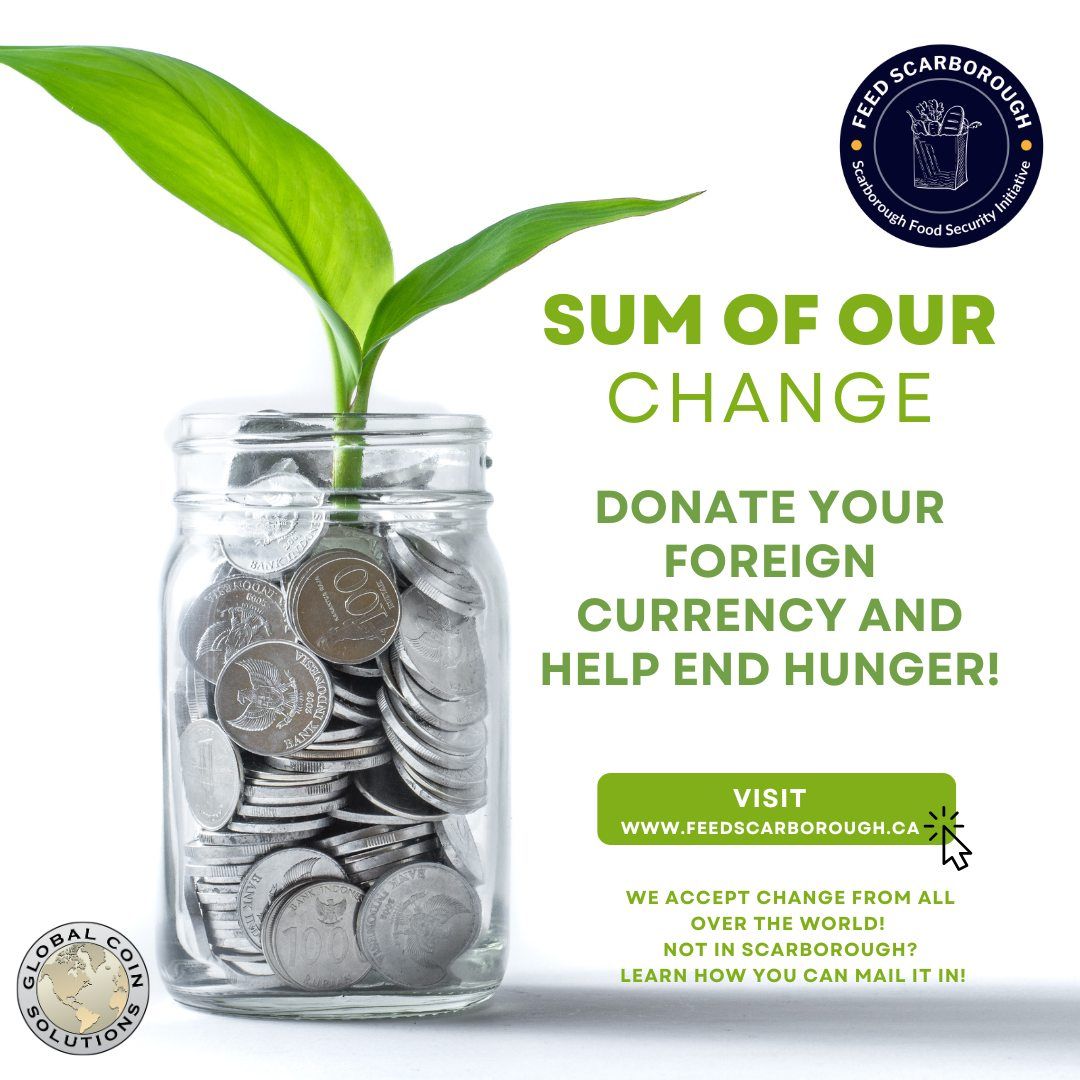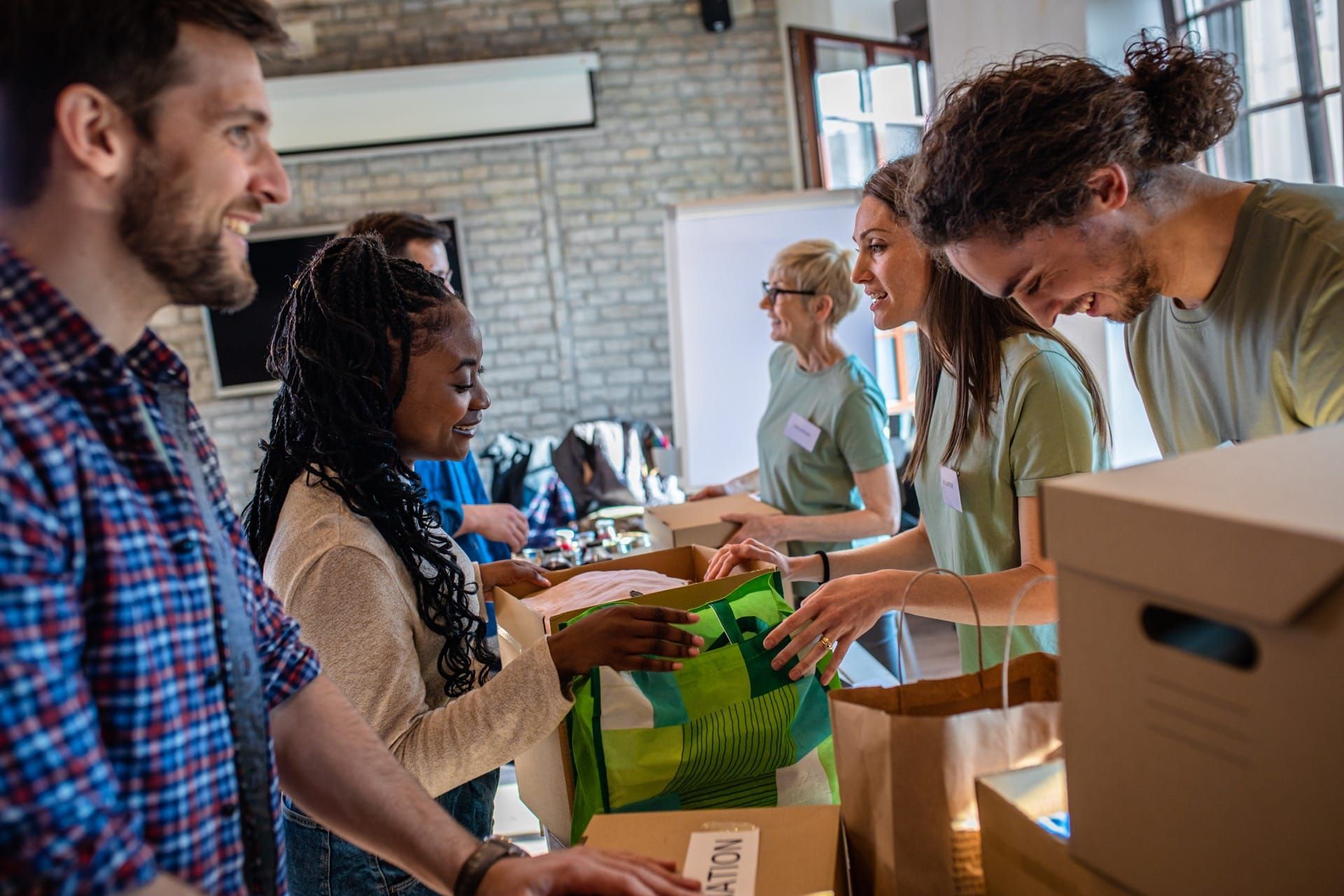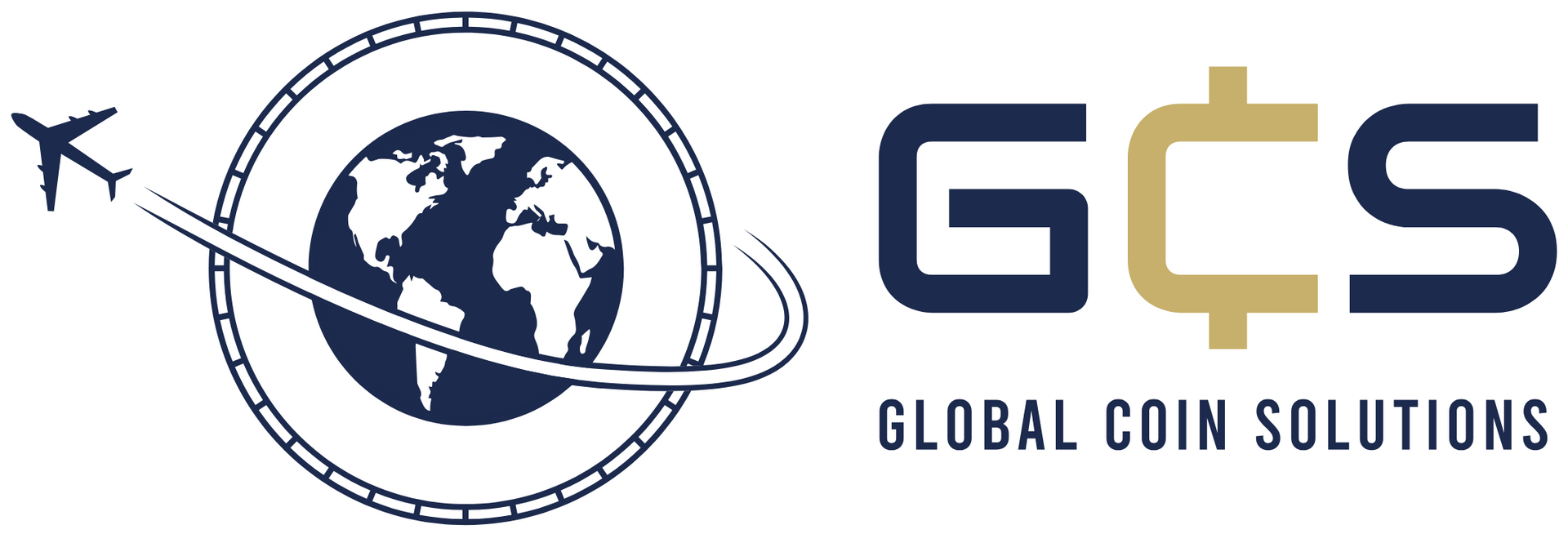Foreign Currency Fundraising 101
What is foreign currency fundraising?
Simply put, it is the collection of leftover foreign currency being donated to a charity.
Is it really that easy?
Yes and no. Asking people to donate their leftover foreign currency is pretty simplistic in itself. But it is a little more complicated than that. While most people have some foreign currency sitting at home collecting dust, they don’t give it any thought. And why would they? It came home from vacation and was tucked away somewhere, perhaps with the intention of taking it back on their next trip.
Why should you collect foreign currency for charity?
There is between $2-$3 Billion worth of leftover foreign currency just in Canada.
You can’t spend foreign currency anyway, so why not donate it instead?
Sure, you can take some foreign bank notes to your bank and exchange them. You can take more different currencies to a currency exchange … but neither of them exchange every currency nor do they accept many low denominations from many different countries.
You can’t exchange foreign coins … anywhere.
Foreign coins are not accepted at any bank nor are they accepted at any currency exchange. You can’t spend them and you can’t exchange them, and when you really think about it, you won’t likely remember to take them with you the next time you travel … so why not donate them and do something good instead?
Foreign currency is cash but it is not disposable income.
Asking people to donate foreign currency may sound like you are asking people to donate cash and you would be right. The difference lies in the fact that foreign currency can’t be used to buy groceries, pay the rent or mortgage, it can’t even be used to buy a coffee … in other words, it has no value here.
In 2012 the Royal Canadian Mint announced the withdrawal of the penny … and that created a frenzy for penny drives across Canada!
In 2012/13, charities across Canada went crazy for penny drives after the Royal Canadian Mint announced the withdrawal of the penny. Penny drives ranged from small local events to national programs with partners such as the Royal Bank of Canada.
One such drive collected $25,000.00 but took so much time and effort to manage that the charity considered it to be a failure.
Another drive, one partnered with RBC, started with a goal of collecting $700,000.00! To be frank, unless you have a major bank as a partner, such a goal would be debilitating … trying to handle 70 Million pennies would take machinery that most organizations just don’t have. In the end, that program ended up collecting $1.4 Million worth of pennies!
Collecting pennies vs. leftover foreign currency.
Did you know? There is roughly $3.84/kg of pennies … yet 1kg of foreign currency typically has a value 15-20 TIMES that much! That’s $57.60 to $76.80!
Based on weight, a penny drive that collected $25,000.00 could have collected as much as $500,000.00. And that charity that collected $1.4 Million … could have been on track to $28 Million!
The other difference between a penny drive and a foreign currency program …
Unlike penny drives from 10 years ago, a foreign currency program does not require a lot of effort by the charity. Sure, they need to collect the donations (either directly or through local partnerships), but the “work” of handling those funds does not have to fall to them, at least not alone.
Global Coin Solutions is there to be that partner. We can handle the pickups (either from the charity or their partner network), we handle the processing, sorting, and the ultimate repatriation of the currency that enables us to turn it into funds the charity can use.
Why aren’t more charities collecting leftover foreign currency today?
The big effort for the charity is in promoting their program, creating awareness. Collecting leftover foreign currency is new in Canada so there will be lots of questions; the most common being “why haven’t I heard about this before?”.
The other effort for the charity will be to find partners to collect on their behalf.
Smaller charities supporting community initiatives will most commonly be looking for small businesses with store fronts. These programs will not only be raising funds for the charity and promoting their work, but also creating awareness and driving traffic to the businesses supporting their collection program.
Larger charities will be looking to connect with provincial or national partners. Those will add logistical challenges but nothing that can’t be overcome.
The other main difference between a penny drive and a foreign currency collection program is that collecting leftover foreign currency is intended to be a long term program, not a short term drive. Canadians travel and therefore there is always more foreign currency coming back into the country. Whereas the penny drive concept was intended to pull pennies into the charity before they stopped being used and the amount in circulation declined to a level that wouldn’t support these programs.
Did you know? Total circulation of the Canadian penny was 35,000,000,000 pieces or $350 Million.
This begs the question: why did charities, big and small, launch penny drives across the country in such a big way and yet they have not picked up on the concept of collecting leftover foreign currency when there is an estimated $2-$3 Billion worth of it available in Canada now?
How else can charities collect foreign currency?
Believe it or not, simply let people know where they can mail their leftover foreign currency.
UNICEF USA promotes the mail in option for their Change for Good program and Americans do!
Durham Children’s Aid Foundation is the founding partner of the Currency for Kids program. They have a very good page promoting the program on their website, use social media very effectively to talk about the program, and use Google Ads to promote it on the internet in general. All of these methods talk about the mail in option … and people do! They receive donations in the mail most days of the week, and not just from people in Ontario. They receive donations from across Canada, from the U.S, and most recently they received a donation mailed in from Hong Kong! Yes, Hong Kong … the one roughly 12,500kms from DCAF’s office in Oshawa Ontario.
People are looking for things to do with their leftover foreign currency, so why not give them something great they can do … helping others!



Global Coin Solutions is the only one stop logistics, cash management solutions, and foreign currency fundraising partner in the world.
SITE NAVIGATION
OUR PARTNERS
Contact Information
For charities looking to start fundraising or businesses looking for cash management solutions, please reach us at:
Canada: +1 (647)-351-COIN
151 Carlingview Dr #1, Etobicoke, ON M9W 5S4
Japan: +81 80-7831-7022
3F First Okada Building, 4-3-5 Shiba, Tokyo, JP, 108-0014
All Rights Reserved | Global Coin Solutions



